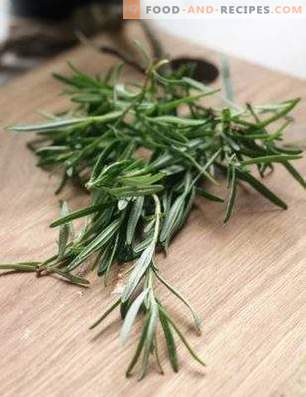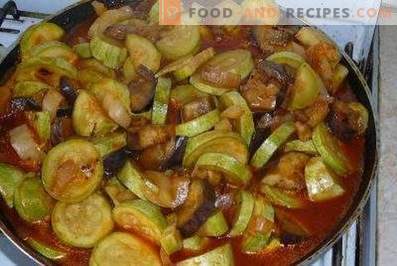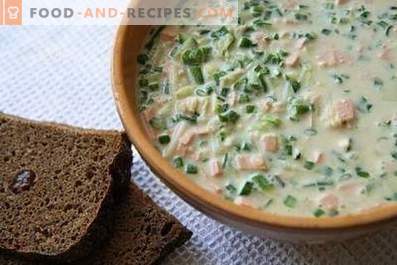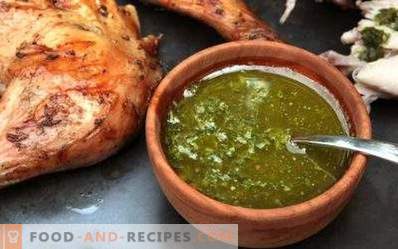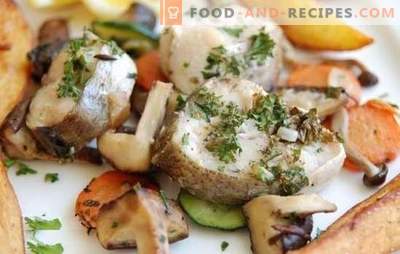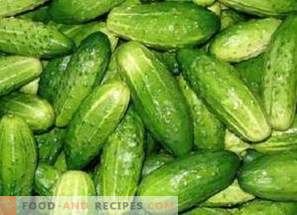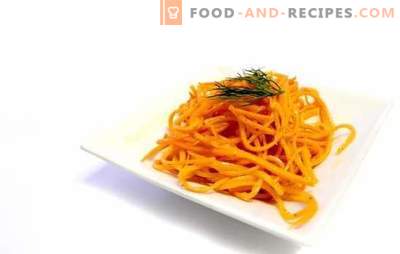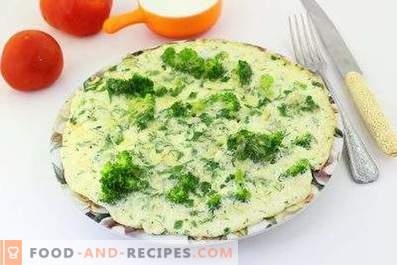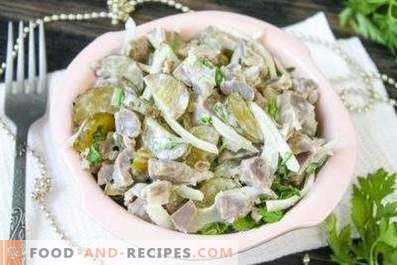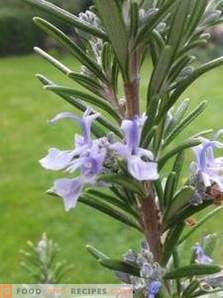
Rosemary is a “wild little thing”, the grass is not at all timid. No wonder the best perfumers from all over the world gladly use rosemary aroma to create their masterpieces, because the tart taste of this spice cannot be confused with anything else.
A rosemary native to the Mediterranean, it is an evergreen, low-growing shrub whose growth never exceeds two meters. The leaves of the shrub resemble needles of needles, gray-green color, when rubbed emit a strong aroma.
Rosemary has found the widest application in medicine, perfumery, cosmetology and, of course, in cooking.
Rosemary in medicine
The beneficial properties of rosemary are very great, not for nothing that its official name has the prefix “medicinal”. This fragrant doctor contains natural immunostimulants that help a weakened body to maintain immunity. It perfectly improves memory and attention, therefore, recommended for people with impaired cerebral circulation.
The anti-inflammatory properties of rosemary help with sore throat and colds, promote healing of wounds and abrasions. Brewed spicy leaves have a tonic and tonic effect.
Rosemary oil is widely used in aromatherapy and cosmetology. Sick with rheumatism and sciatica help rosemary baths.
Rosemary in Cooking
Rosemary is used to prepare one of the brightest seasonings, which, even in the smallest amount, is able to radically transform any dish. But with rosemary there is one unshakable rule - a sense of measure and, once again, feelings of measure! The bitter-pine taste of seasoning can be compared with the exact impact of a sniper rifle - it beats immediately and outright. And even a long heat treatment will not help get rid of the tart taste, because the seasoning has a unique property - even the herb added at the beginning of cooking will retain its taste and aroma. In cooking, use both fresh and dried leaves. But fresh leaves after cooking must be removed, otherwise the dish will start to taste bitter. Rosemary can be replaced with bay leaf, but it is not recommended to use them together. But spice goes well with garlic.
To meat and fish
Rosemary is a seasoning that easily drowns out the taste of any other ingredients. It is this property that makes it an indispensable seasoning for the preparation of meat dishes made from lamb, rabbit and the most varied game. Rosemary will not only kill the specific and unusual taste, but also add a touch of nobility and even sensuality.
Fans of kebabs can try this recipe: a few sprigs of rosemary are thrown into a brazier with hot coals, and your kebab or barbecue will acquire an unusual spicy aroma. Seasoning can be added to the marinade, in which meat is soaked for kebabs.
However, seasoning is suitable not only for any type of meat, but also for fish. Pounded rosemary leaves can be used instead of salt.
In salads and marinades
Various brines and marinades with rosemary add a special taste, you can add it even when sauerkraut and pickling mushrooms.
Rosemary is traditionally used in salads, sauces and soups. It perfectly flavors any oil and vinegar.
In vegetables and desserts
Fresh herb goes well with tomatoes, zucchini, spring onions and other fresh or stewed vegetables. Such simple dishes like scrambled eggs, potatoes and vegetable stew will show their best qualities in combination with rosemary. The safest option is rosemary with cheese and mushrooms. Rosemary can be added to sweet flour dishes, in various cocktails and fruit salads.
Liqueurs and cocktails
Rosemary is often used to flavor alcoholic beverages. The best-known rosemary-based liquor is vermouth. But ardent opponents of alcohol can add rosemary to tea.
In conclusion, I would like to say that rosemary spice is of course very capricious, but in skillful hands it always becomes a win-win option. Do not be afraid to experiment, and this unique, rich in vitamins spice will be your faithful ally.
